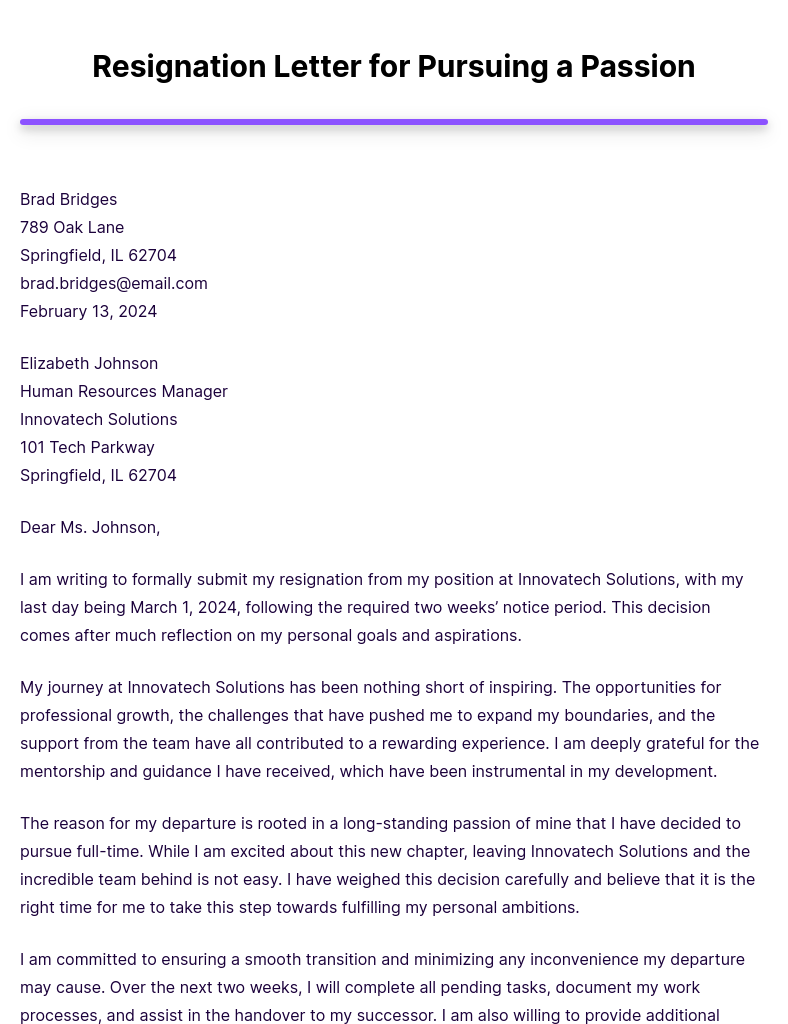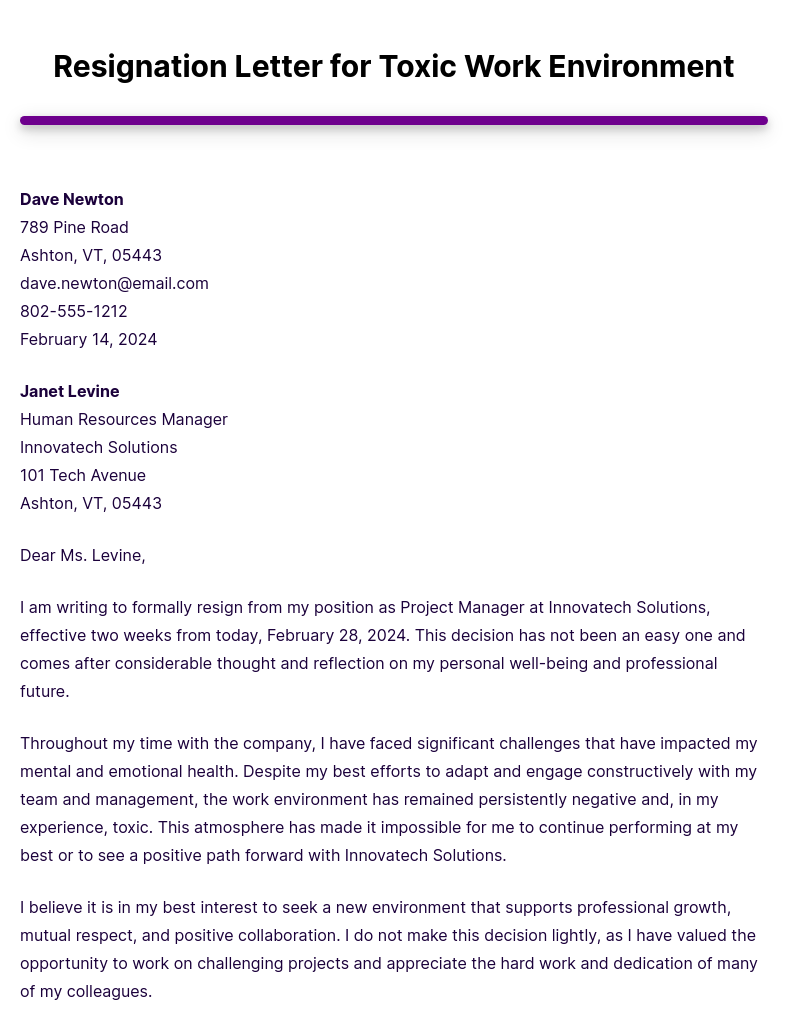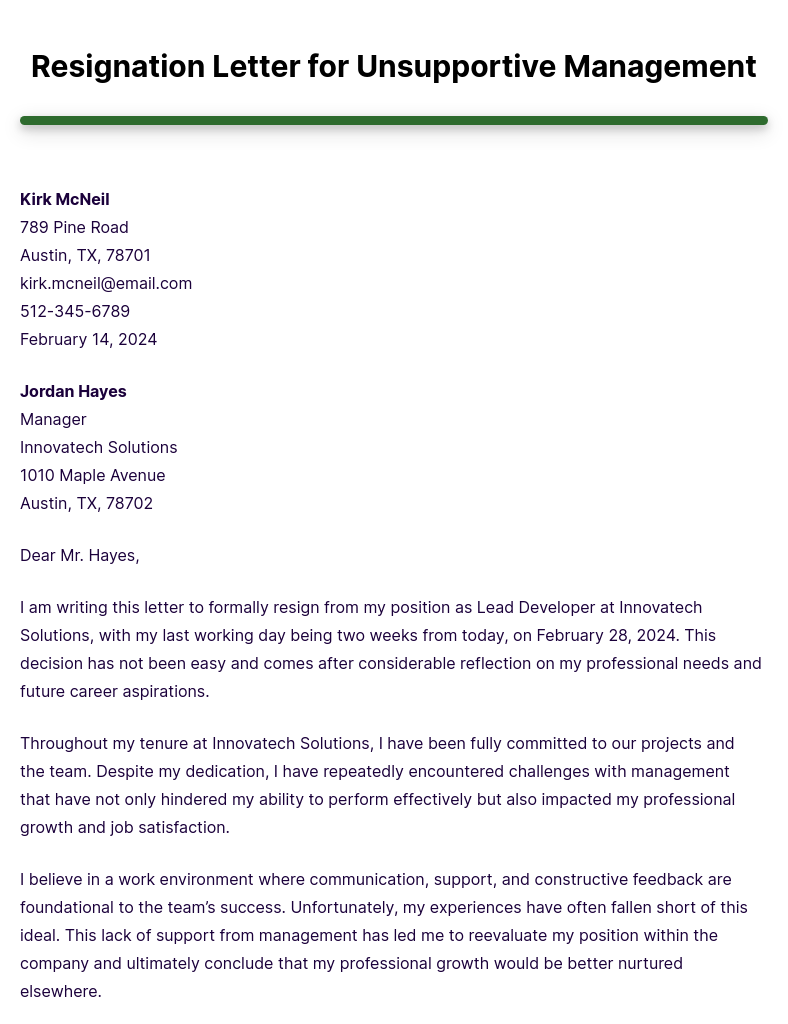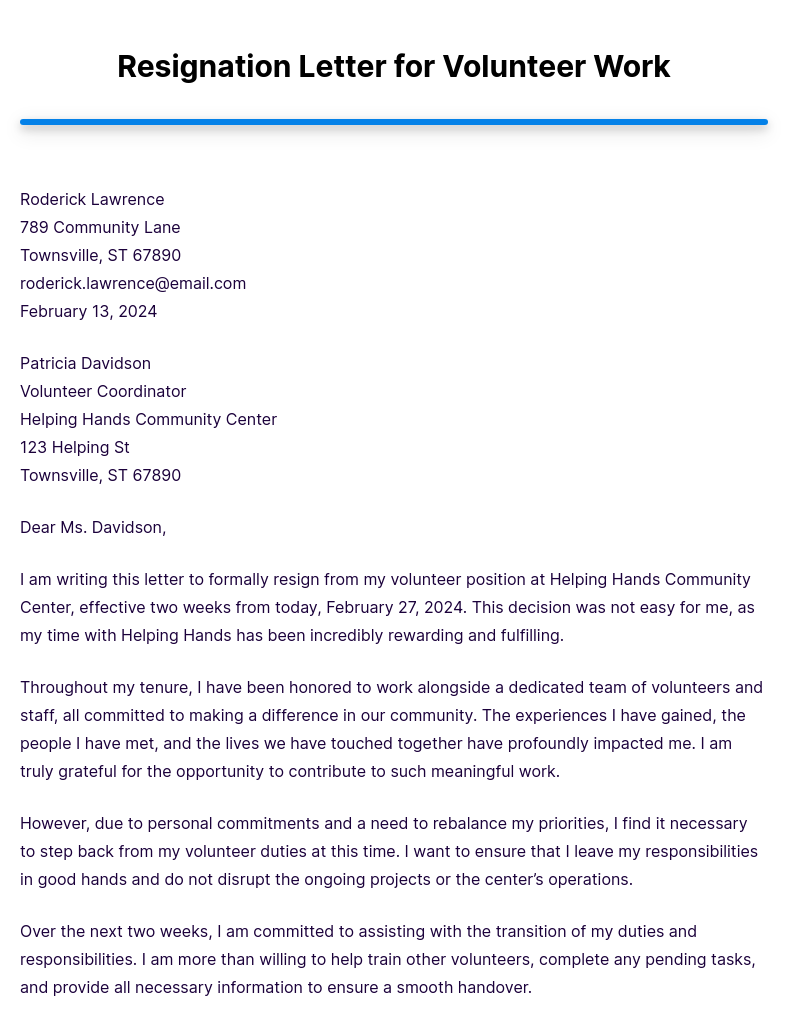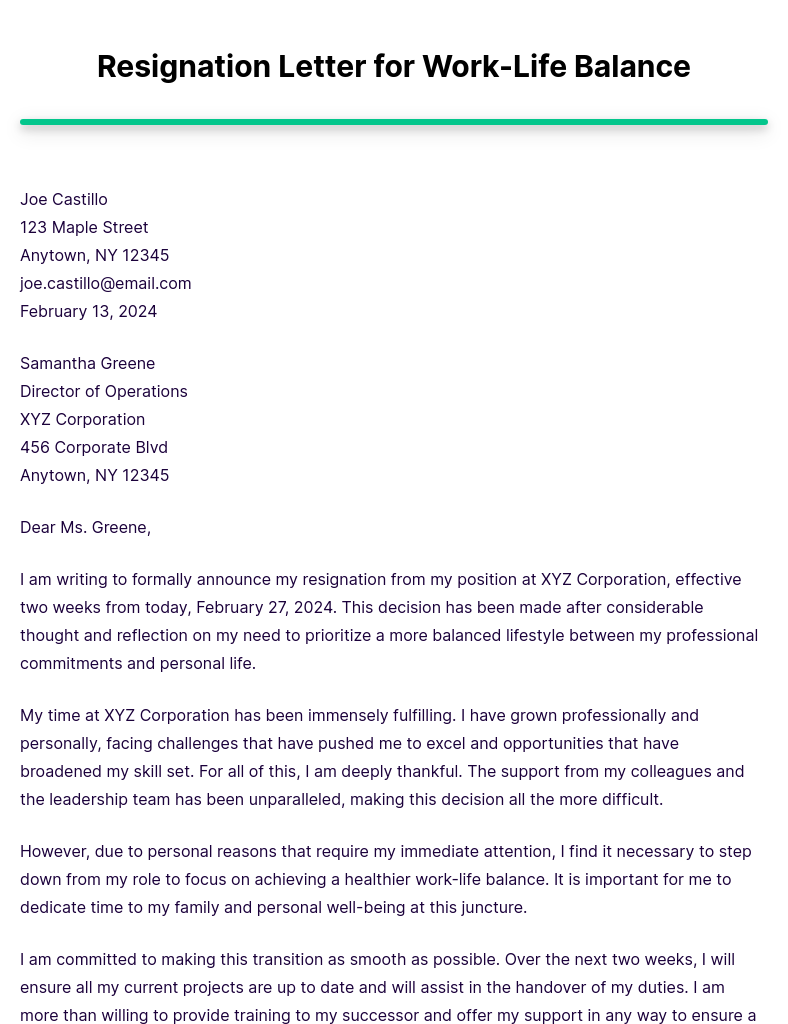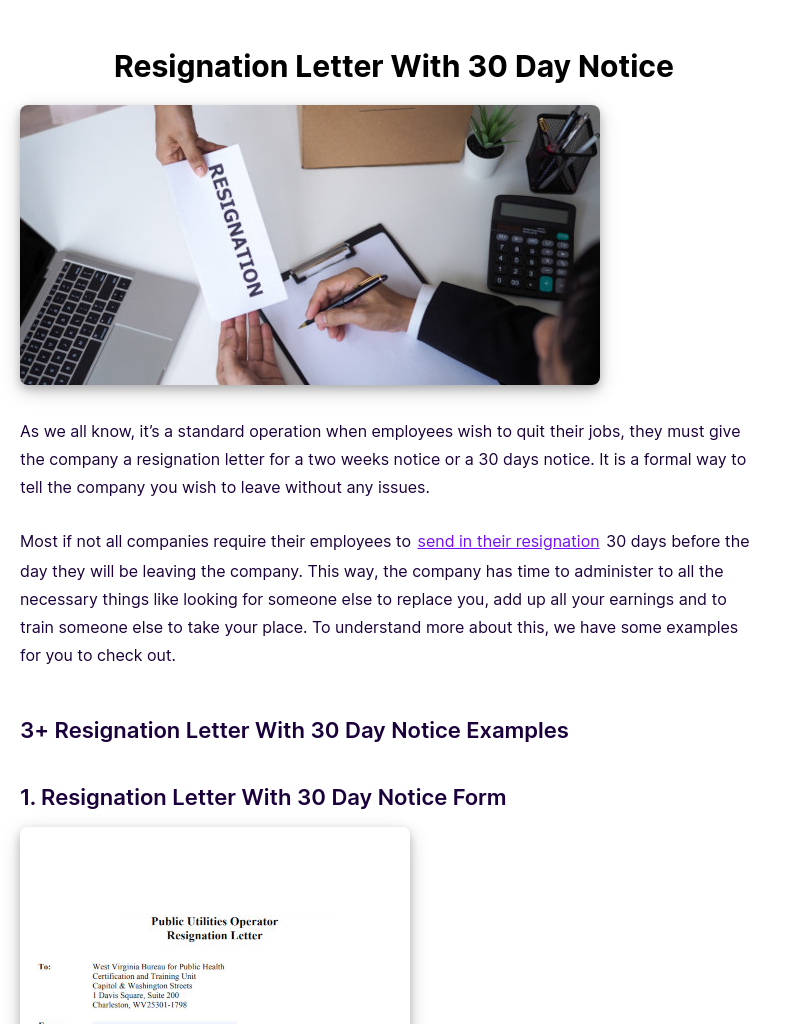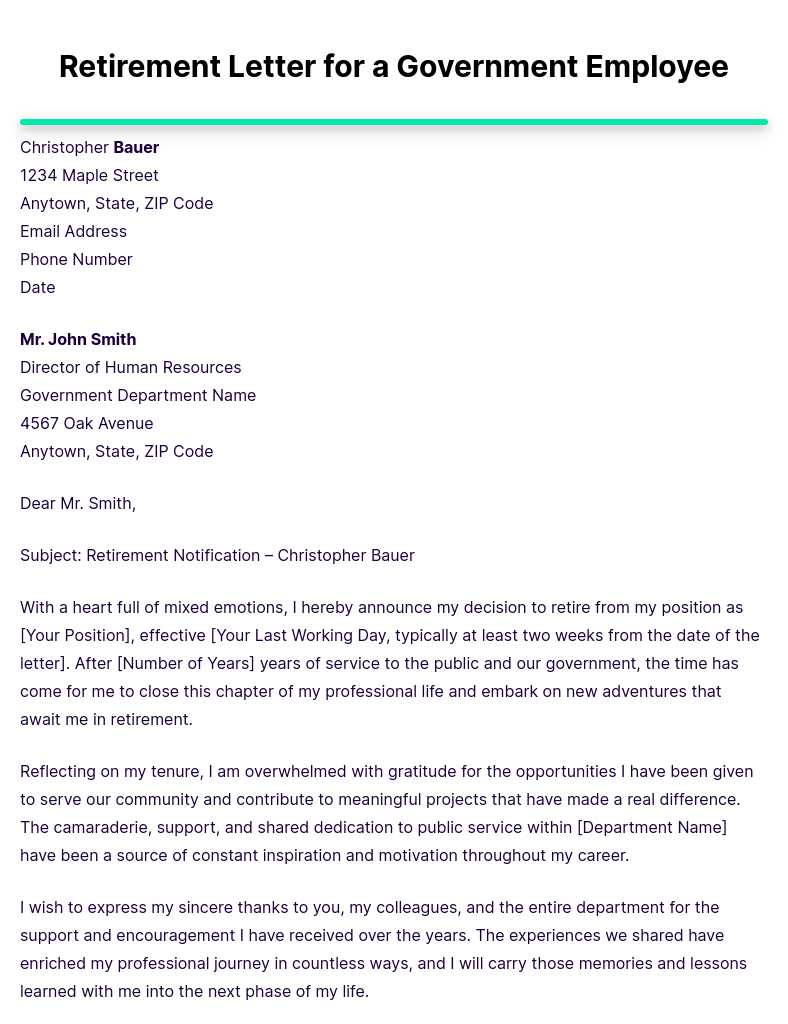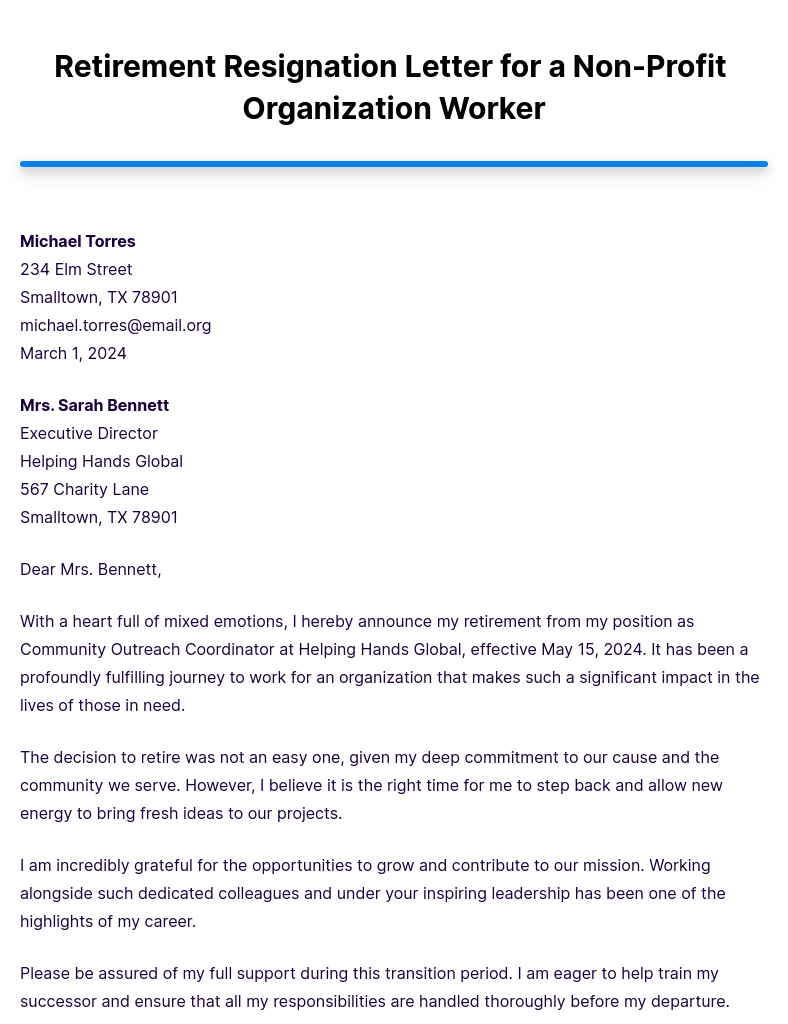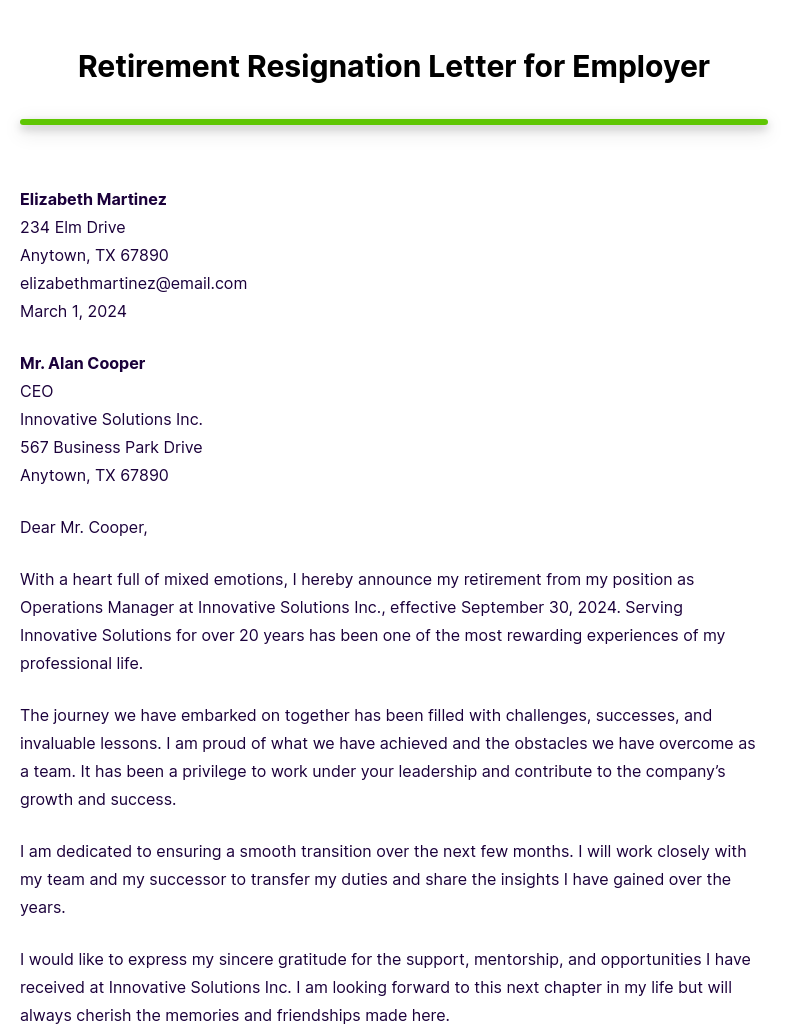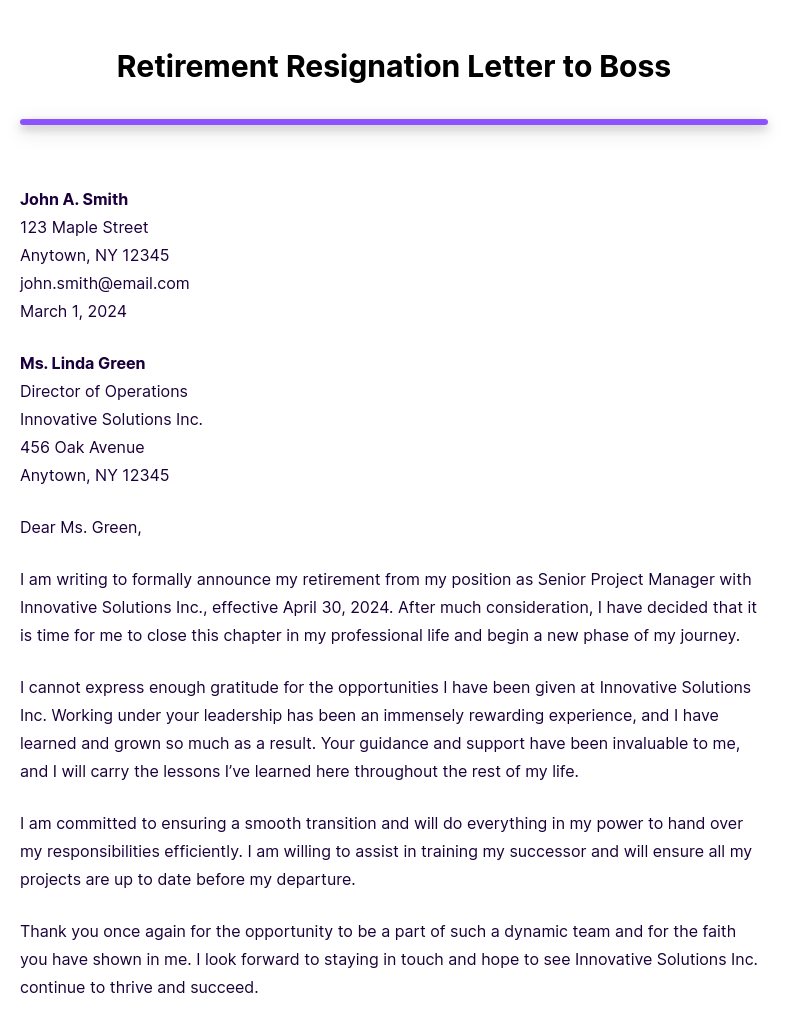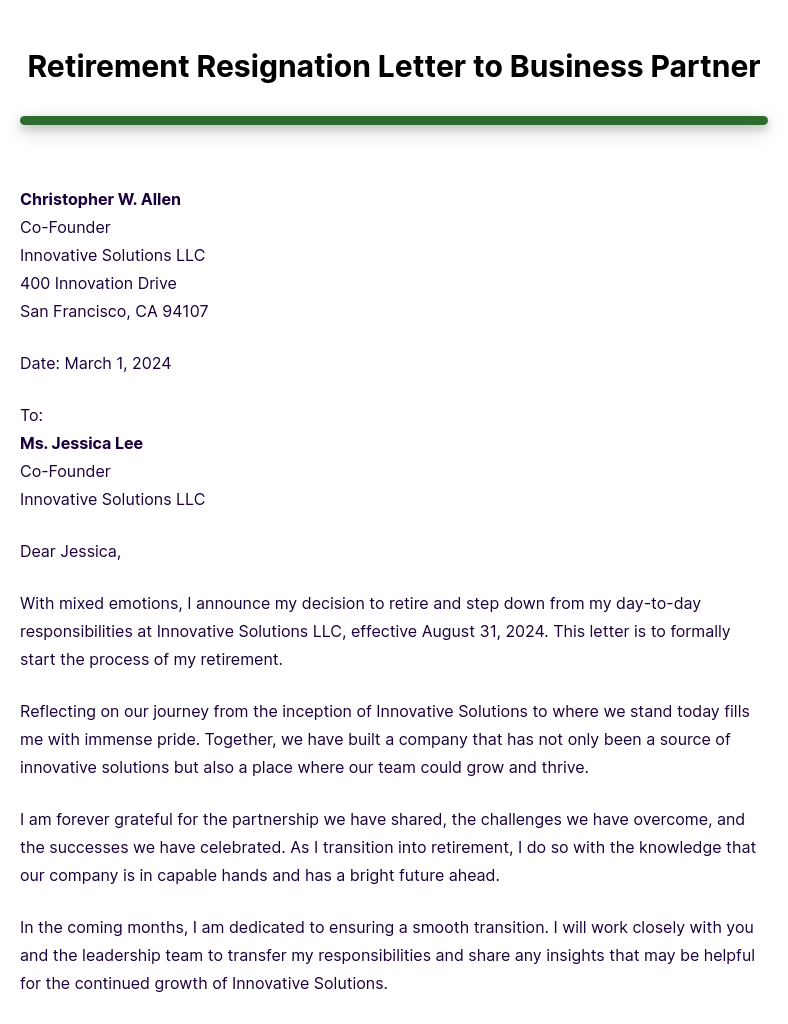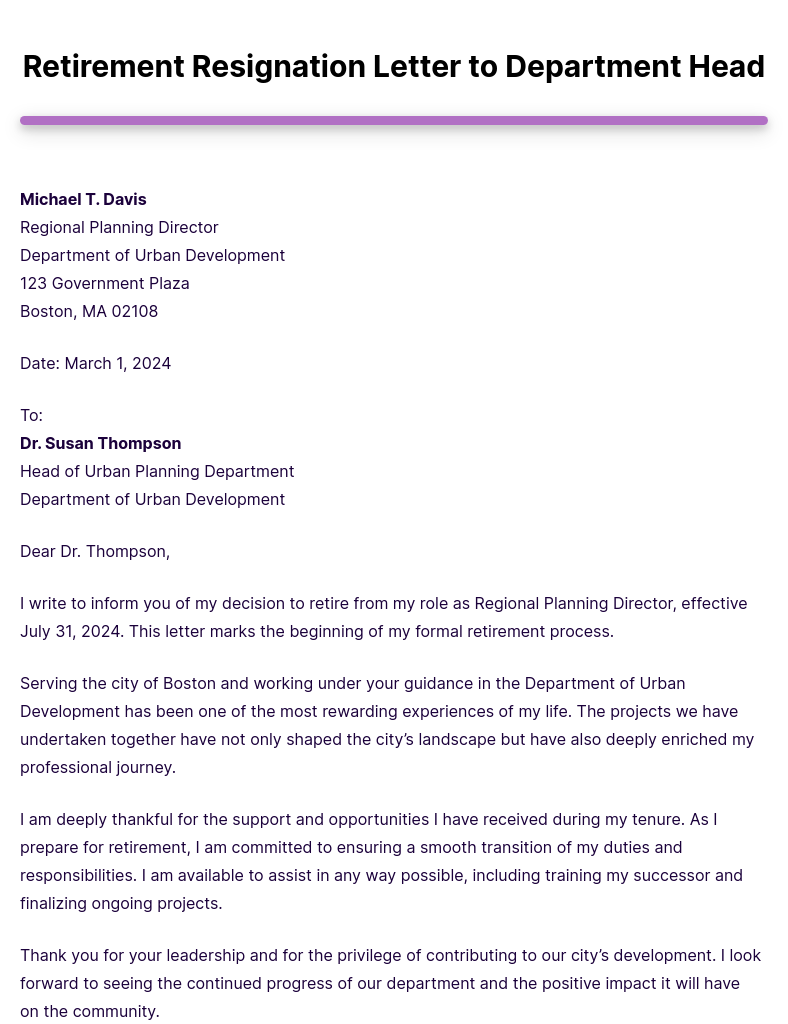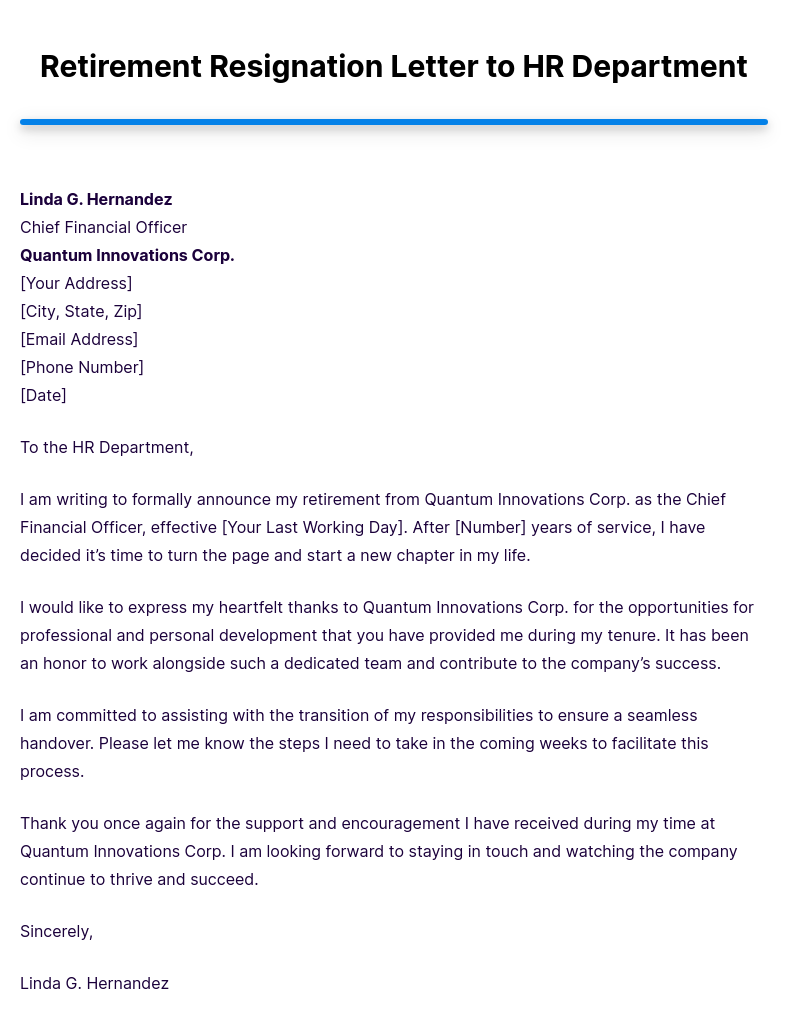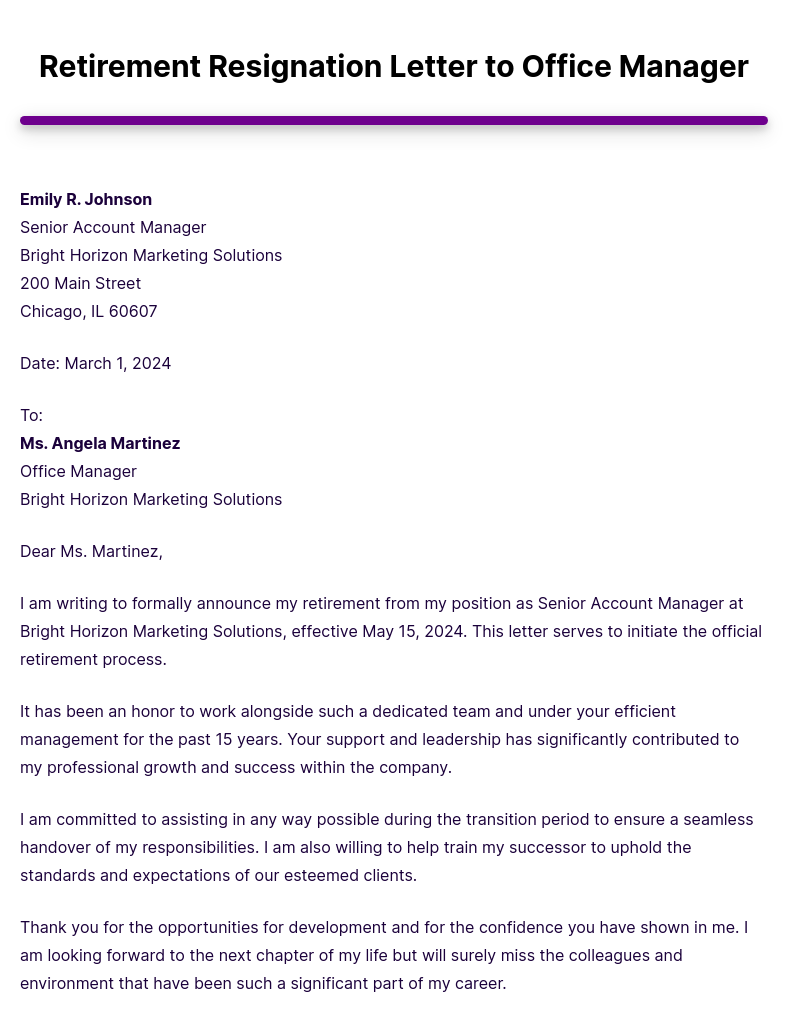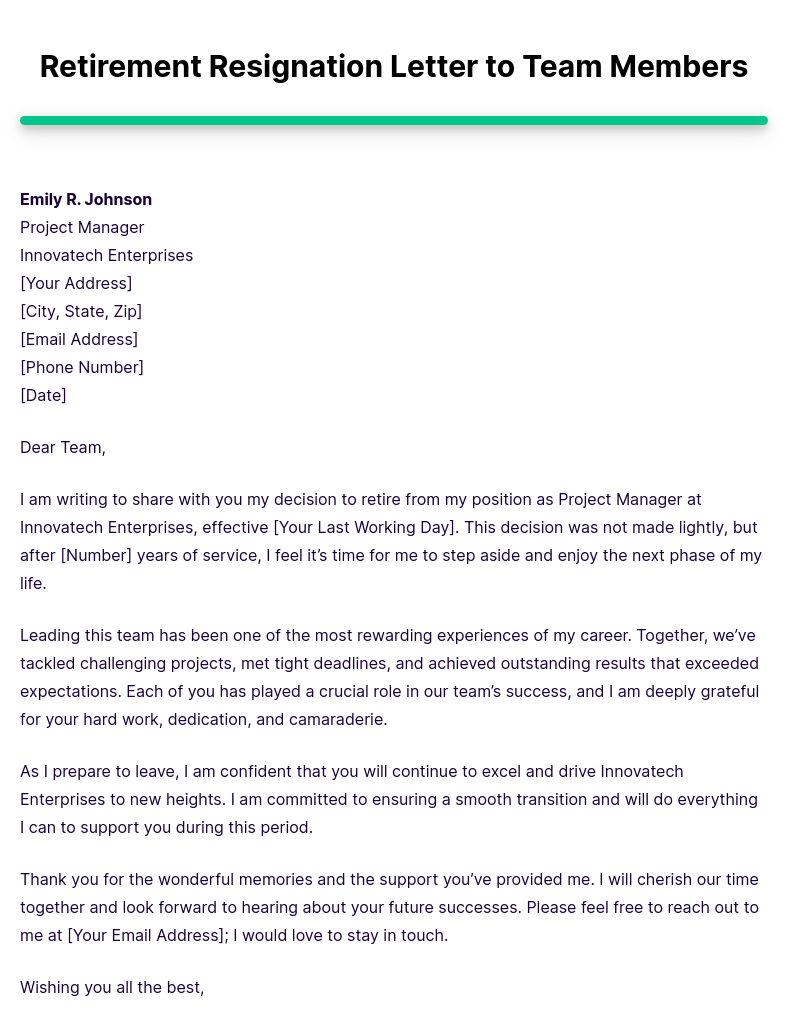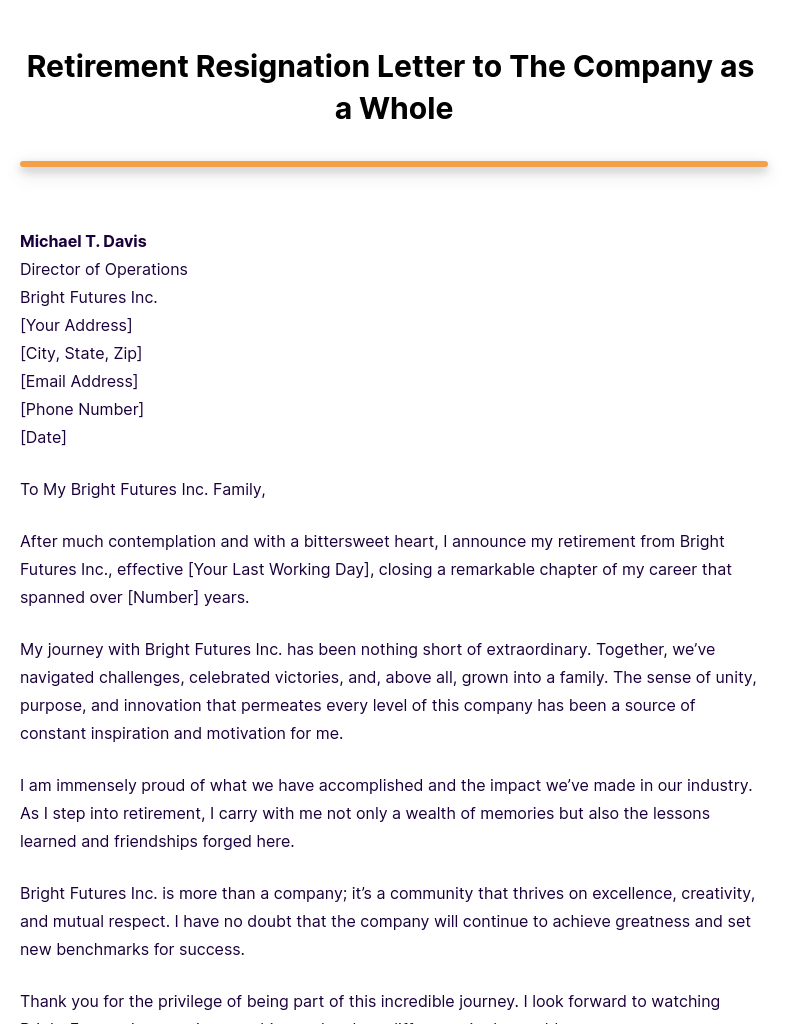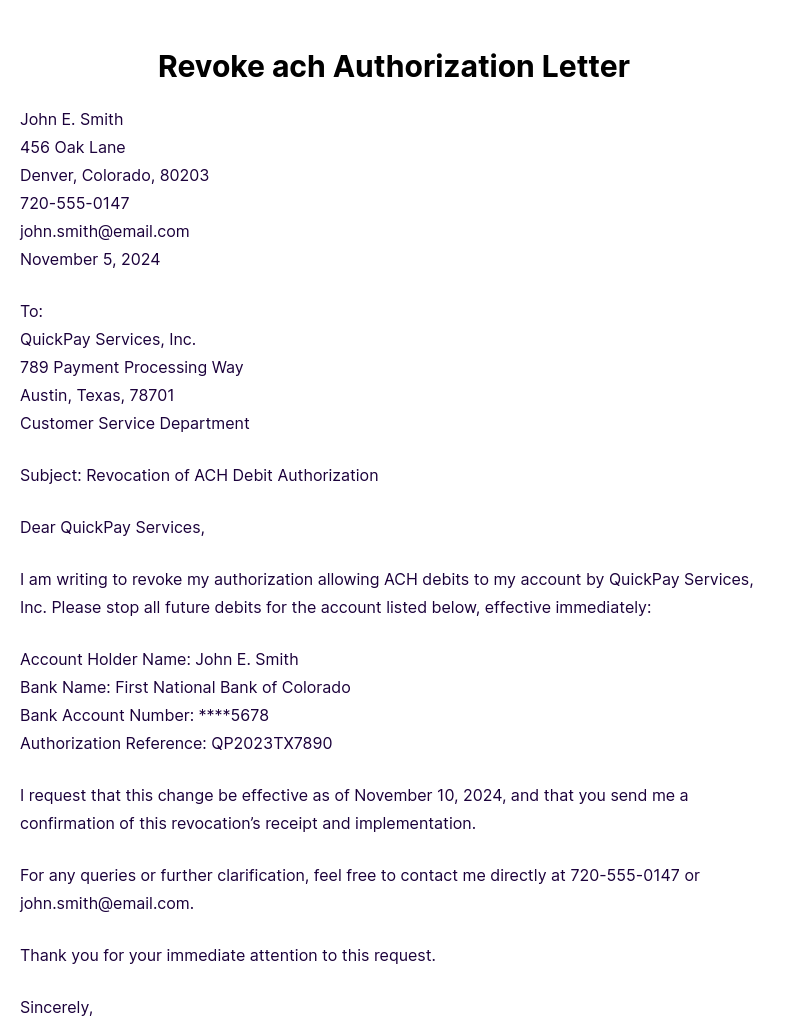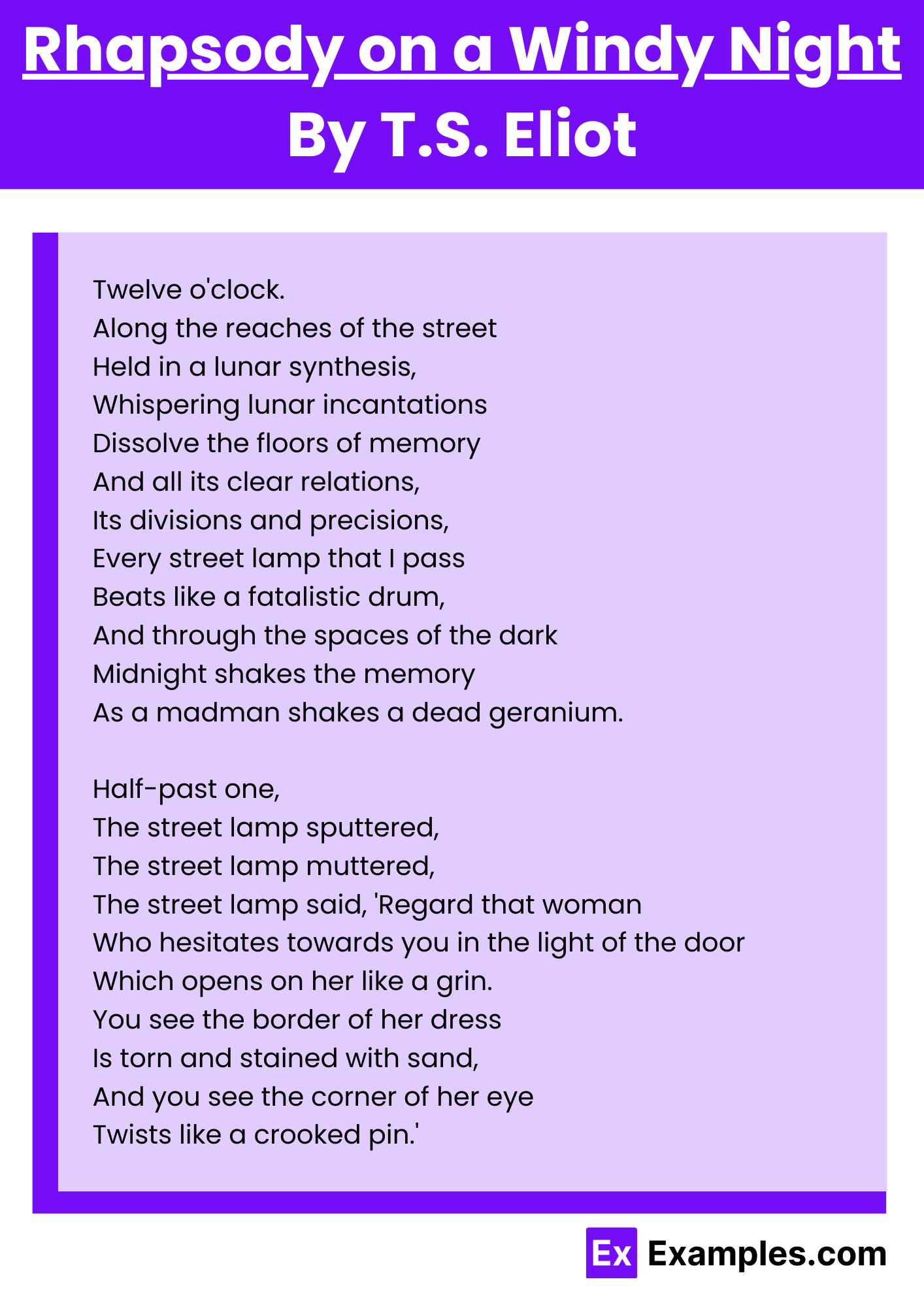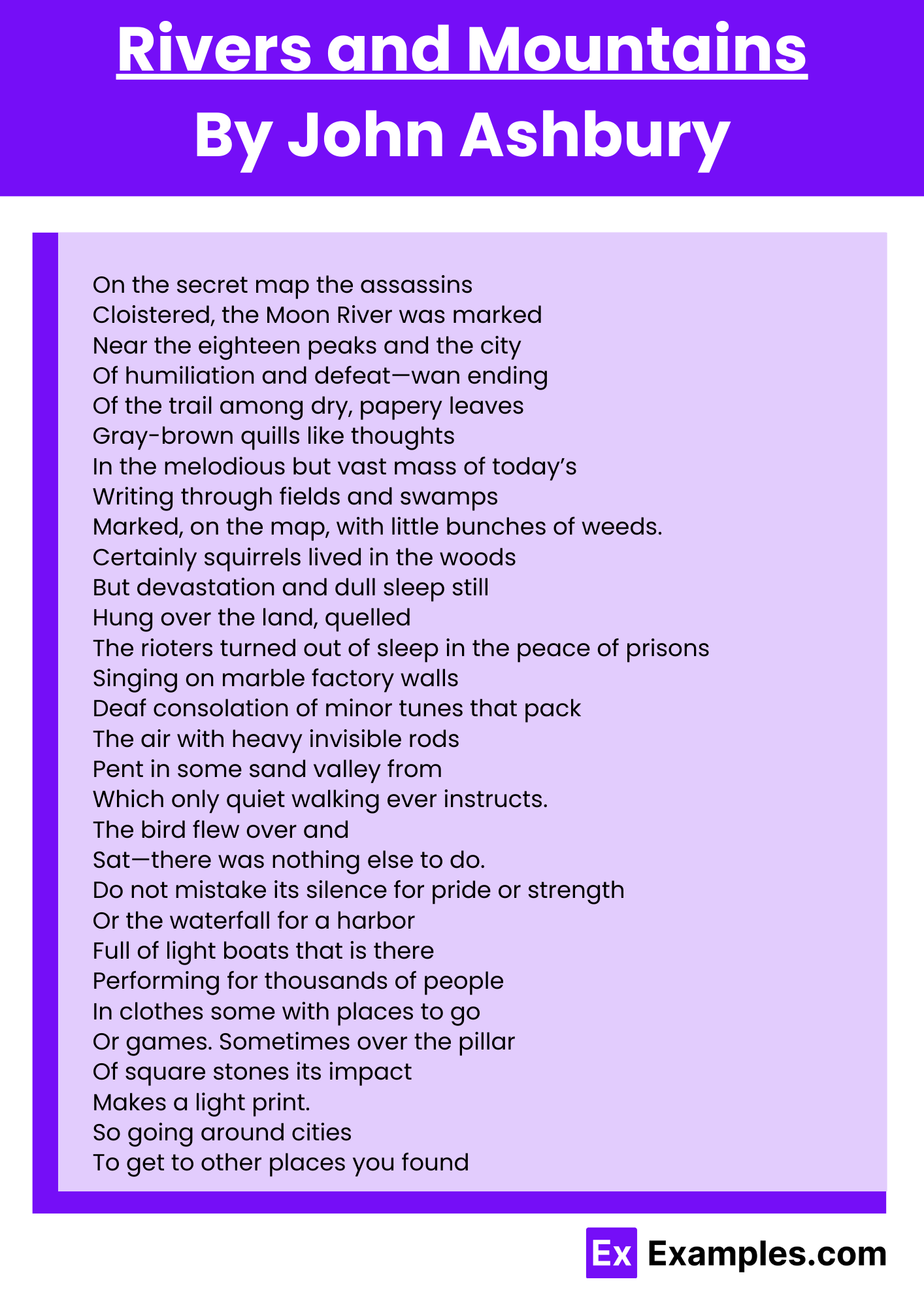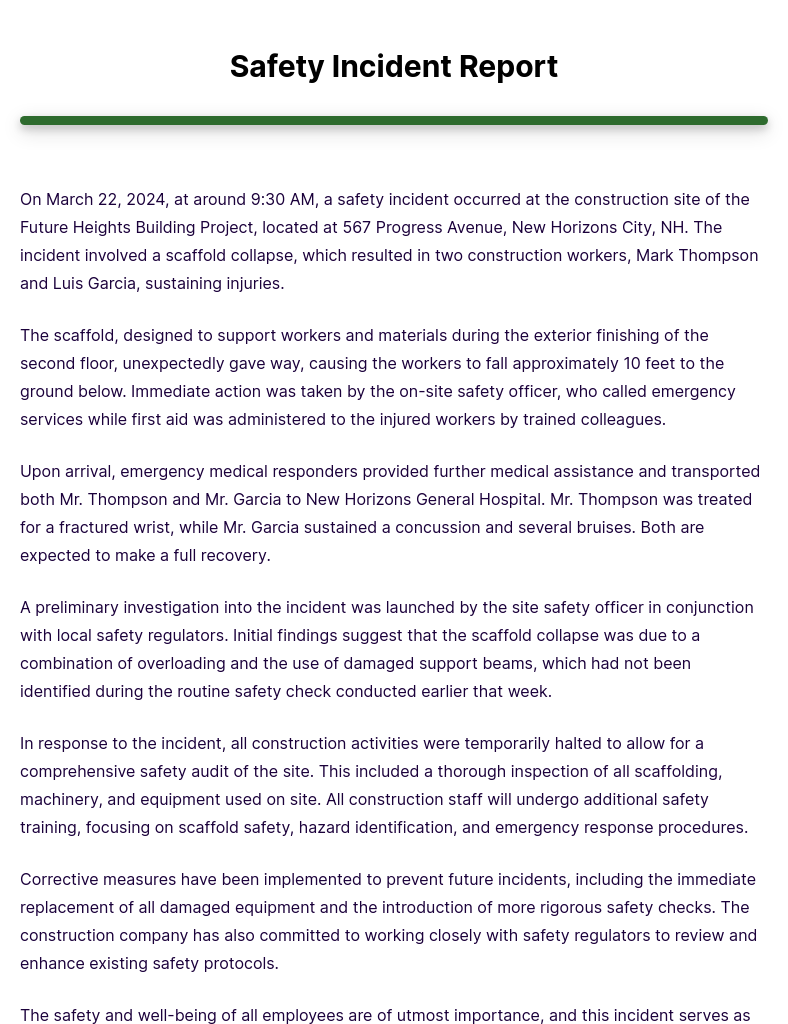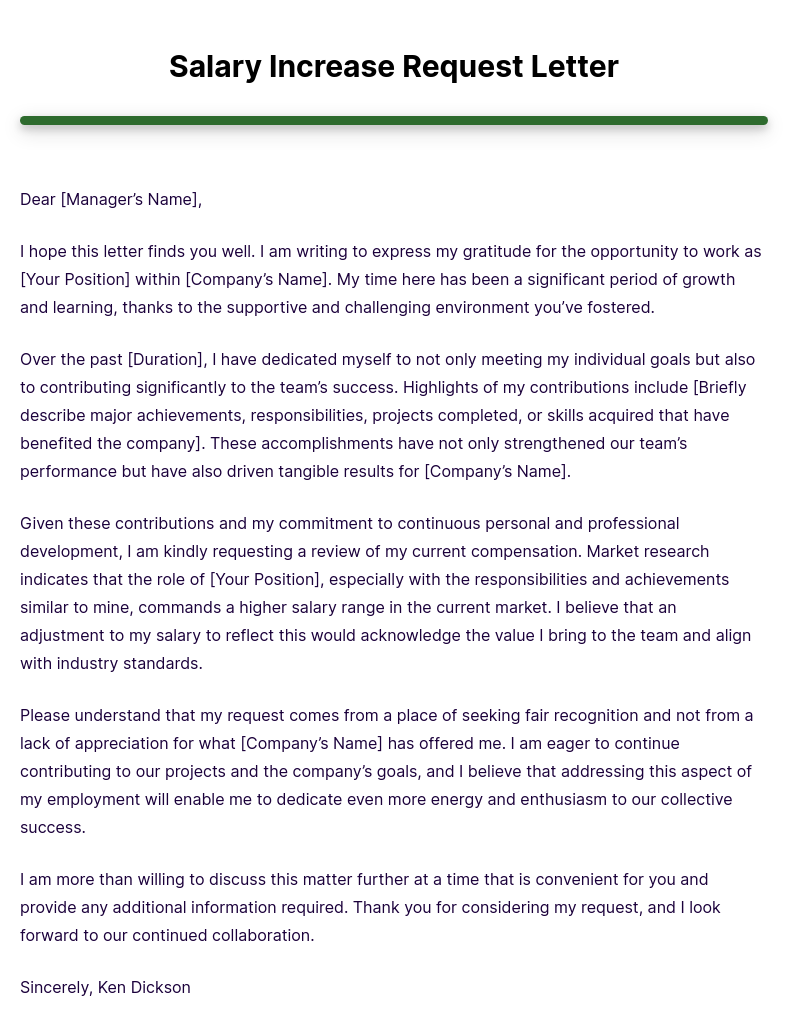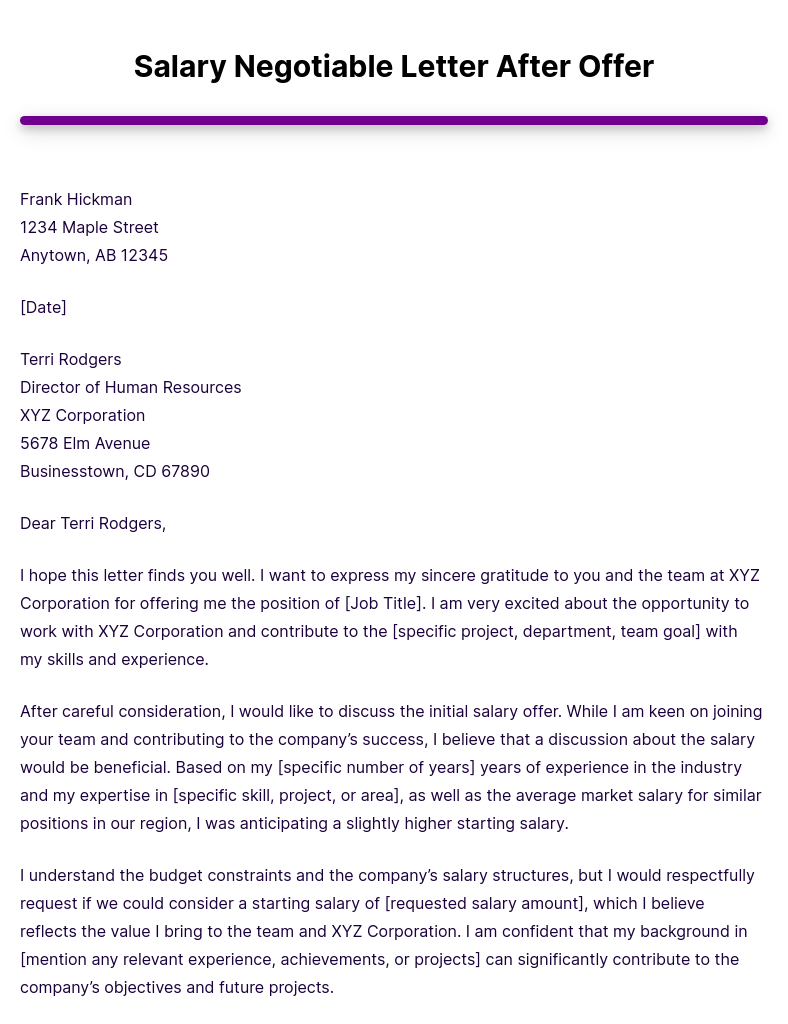![]()
Brad Bridges
789 Oak Lane
Springfield, IL 62704
brad.bridges@email.com
February 13, 2024
Elizabeth Johnson
Human Resources Manager
Innovatech Solutions
101 Tech Parkway
Springfield, IL 62704
Dear Ms. Johnson,
I am writing to formally submit my resignation from my position at Innovatech Solutions, with my last day being March 1, 2024, following the required two weeks’ notice period. This decision comes after much reflection on my personal goals and aspirations.
My journey at Innovatech Solutions has been nothing short of inspiring. The opportunities for professional growth, the challenges that have pushed me to expand my boundaries, and the support from the team have all contributed to a rewarding experience. I am deeply grateful for the mentorship and guidance I have received, which have been instrumental in my development.
The reason for my departure is rooted in a long-standing passion of mine that I have decided to pursue full-time. While I am excited about this new chapter, leaving Innovatech Solutions and the incredible team behind is not easy. I have weighed this decision carefully and believe that it is the right time for me to take this step towards fulfilling my personal ambitions.
I am committed to ensuring a smooth transition and minimizing any inconvenience my departure may cause. Over the next two weeks, I will complete all pending tasks, document my work processes, and assist in the handover to my successor. I am also willing to provide additional support remotely, if necessary, after my departure.
I cannot express enough my appreciation for the experiences and friendships I have gained during my time with Innovatech Solutions. I hope to keep in touch and possibly collaborate on future projects where our paths may cross again.
Please let me know how I can assist further during this transition. Thank you for understanding and supporting my decision to pursue my passion. I wish Innovatech Solutions continued success and growth in the future.
Sincerely,
Brad Bridges



